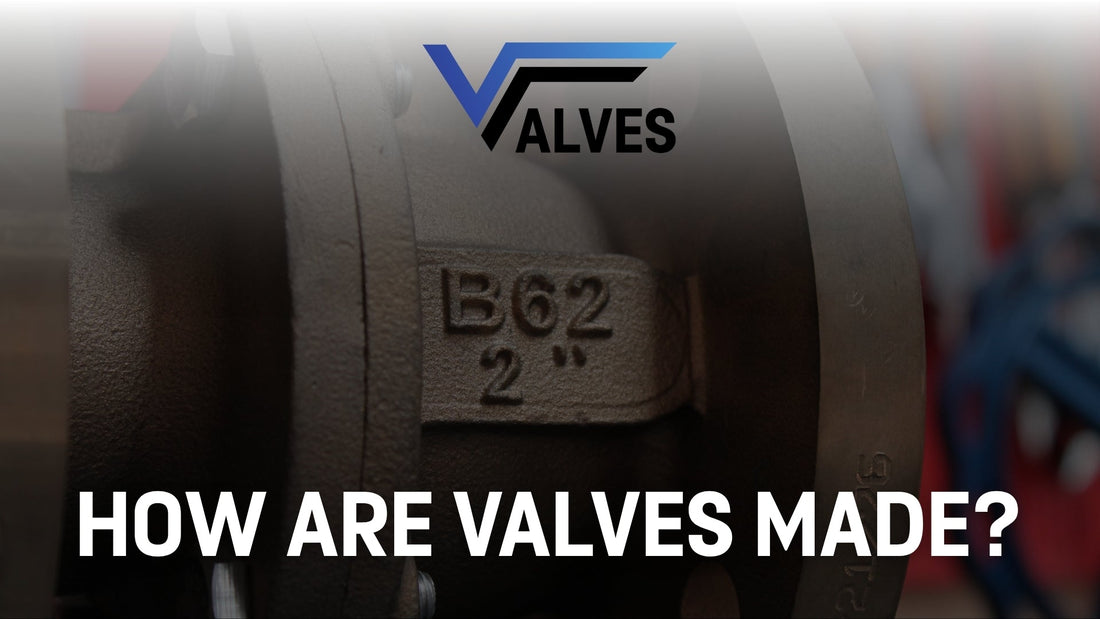
How Are Valves Made?
Share
Valves are critical components in countless industries, from water treatment and oil and gas to food production and power generation.
They control the flow of liquids, gases, and steam, making them vital to safe and efficient operations.
But how are valves made?
The process combines precision engineering, high-quality materials, and rigorous testing to ensure that each valve can handle demanding applications.
In this article, we’ll break down the full manufacturing journey so you can understand how valves go from raw material to a finished, high-performing product.
Step 1: Material Selection
The first step in how valves are made is choosing the right material. The choice depends on the application, medium, and environmental conditions. Common valve materials include:
Stainless steel – corrosion resistance and strength.
Carbon steel – excellent for high-pressure environments.
Bronze and brass – widely used for water systems and marine applications.
Special alloys – ideal for extreme temperatures or aggressive chemicals.
Selecting the right material is crucial, as it determines the valve’s durability and performance.

Step 2: Casting or Forging
Once the material is chosen, valve bodies are created using either casting or forging.
Casting involves pouring molten metal into a mould to form the valve body. This method is cost-effective for larger valves.
Forging shapes metal under intense heat and pressure, resulting in stronger, more reliable valves with fewer imperfections.
This stage is one of the most important in how valves are made, as it directly affects the strength and structural integrity of the product.

Step 3: Machining
After casting or forging, valve components move into precision machining. Using CNC (Computer Numerical Control) machines, manufacturers cut, drill, and shape the body and internal parts to exact specifications.
Machining ensures accurate alignment, tight tolerances, and smooth sealing surfaces that are essential for leak-free performance.

Step 4: Assembly of Components
Valves consist of several key parts, including the body, seat, stem, bonnet, and disc or ball.
During assembly, each component is carefully fitted together to ensure proper operation. Advanced techniques, such as surface finishing or lining with PTFE, are often applied to improve wear resistance and extend valve life.
Step 5: Testing and Quality Control
A critical part of how valves are made is rigorous testing. Every valve undergoes a series of checks to ensure safety and reliability, including:
Pressure testing – confirming the valve can withstand operating pressures.
Leak testing – ensuring no unwanted fluid passes through when closed.
Functional testing – checking smooth operation and performance.
These steps guarantee that valves leaving the factory meet international quality standards.

Step 6: Coating and Finishing
Depending on the application, valves may receive protective coatings such as epoxy paint, enamel, or galvanisation.
This improves resistance to corrosion, weathering, and harsh environments. Finishing is the final touch before packaging and shipping.
Why the Manufacturing Process Matters
Understanding how valves are made highlights the engineering precision behind these everyday industrial components. From the raw materials to the final quality checks, every stage plays a role in ensuring valves remain safe, durable, and efficient.
Whether for oil pipelines, chemical plants, or food processing facilities, the process ensures that valves can handle critical applications with reliability.

